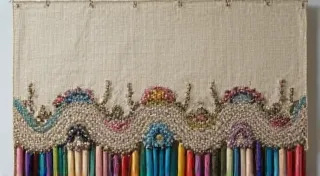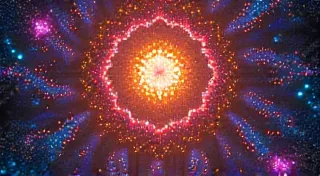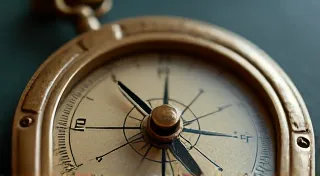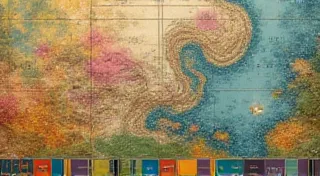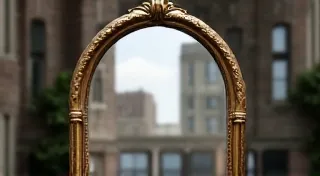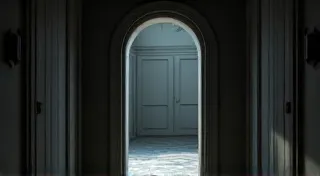The Ghost Light of Memory: Breathing Life Back into Forgotten Moments
There’s a quiet sadness inherent in an antique postcard. A faint echo of a moment, frozen in monochrome, a silent witness to lives lived and lost. Holding one, you’re touching a fragment of someone else's past – a soldier returning home, a bustling marketplace, a family gathered for a rare photograph. These aren't mere images; they are invitations to step into another time, a privilege tinged with melancholy, knowing that the vibrancy of the original scene has been muted by the passage of decades. My journey into postcard colorization began with this very feeling – a yearning to somehow rekindle that lost vibrancy, to bring the past a little closer.
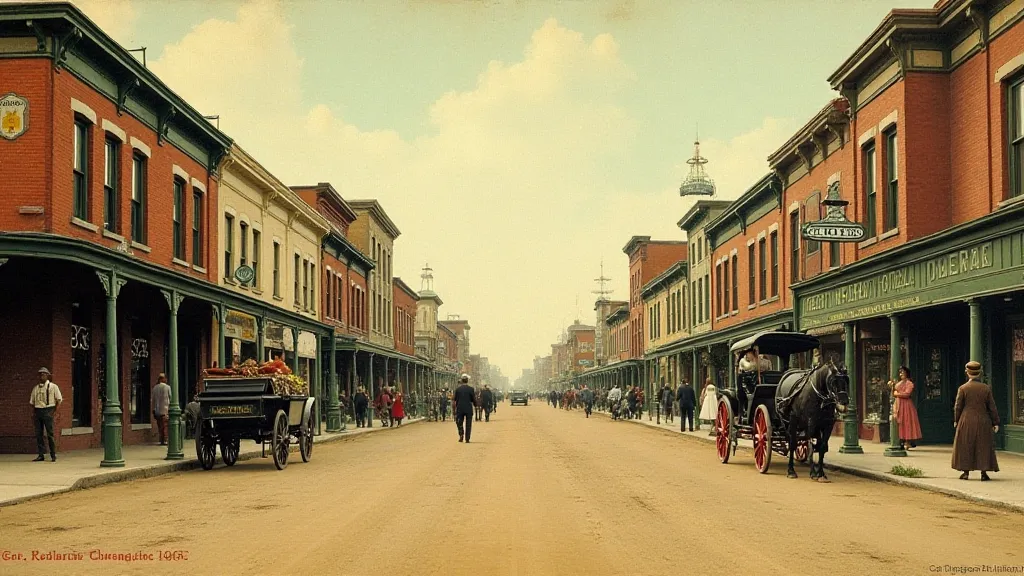
The Weight of Interpretation: Historical Accuracy vs. Artistic License
The act of colorizing an antique postcard isn’t simply a technical exercise. It's a profound act of interpretation, laden with ethical considerations. We’re essentially reconstructing a past that exists only in fragments. The black and white image offers clues – the shadows suggest the direction of light, the clothing hints at the era – but it doesn't provide the definitive answers. Do we strive for strict historical accuracy, painstakingly researching the specific hues of fabric, the precise shades of buildings, the varieties of flowers that bloomed in that time and place? Or do we allow a degree of artistic license, drawing on our own understanding and intuition to create a compelling and emotionally resonant image?
There's a compelling argument for both approaches. A strictly accurate colorization can be invaluable for historical research, providing a more vivid understanding of the past. It helps us visualize the world as it truly was, grounding historical accounts in tangible detail. However, a rigid adherence to accuracy can sometimes result in an image that feels sterile and lacking in soul. The charm of these old postcards lies, in part, in their inherent ambiguity, in the space left for the viewer’s imagination to fill. A touch of artistic interpretation can breathe new life into the scene, evoking a deeper emotional connection and allowing viewers to truly *feel* the past.
Early in my exploration of postcard colorization, I erred on the side of meticulous research. I spent hours poring over historical records, examining color swatches from the period, and consulting with historians to ensure accuracy. While the resulting images were technically impressive, they often felt…flat. They lacked a certain vitality, a sense of lived experience. It was a mentor, a seasoned digital artist who specialized in historical restoration, who helped me understand the importance of balance. "Accuracy is vital," he said, "but don’s let it stifle your artistry. The goal isn’t to create a perfect replica, but to illuminate a memory."
The Craftsmanship of Time: More Than Just Pixels
The process itself demands a meticulous attention to detail that goes far beyond simple photo manipulation. It's a digital artistry rooted in a deep understanding of light, shadow, and color theory. It's not just about slapping colors onto a black and white image; it's about understanding how those colors interact with the existing tones, how they affect the overall mood and atmosphere. We're essentially rebuilding a visual world, pixel by painstaking pixel.
The black and white photograph itself carries a history. The paper, often brittle and fragile, bears the marks of time – subtle imperfections, faint scratches, and the occasional stain. These aren’t flaws to be eradicated; they are integral to the postcard’s story. They’re a testament to its journey, a reminder of the countless hands it has passed through. My approach is to carefully preserve these details, incorporating them into the colorized image rather than attempting to erase them.
I use a combination of digital painting techniques and photo manipulation tools. I begin by carefully analyzing the original image, identifying the key elements and understanding the lighting conditions. Then, I begin the process of adding color, layer by layer, carefully blending and adjusting the hues to create a realistic and harmonious effect. The grain and imperfections of the original photograph are subtly enhanced, to retain the sense of age and authenticity. It's a slow, deliberate process, often requiring dozens of hours of work per postcard.
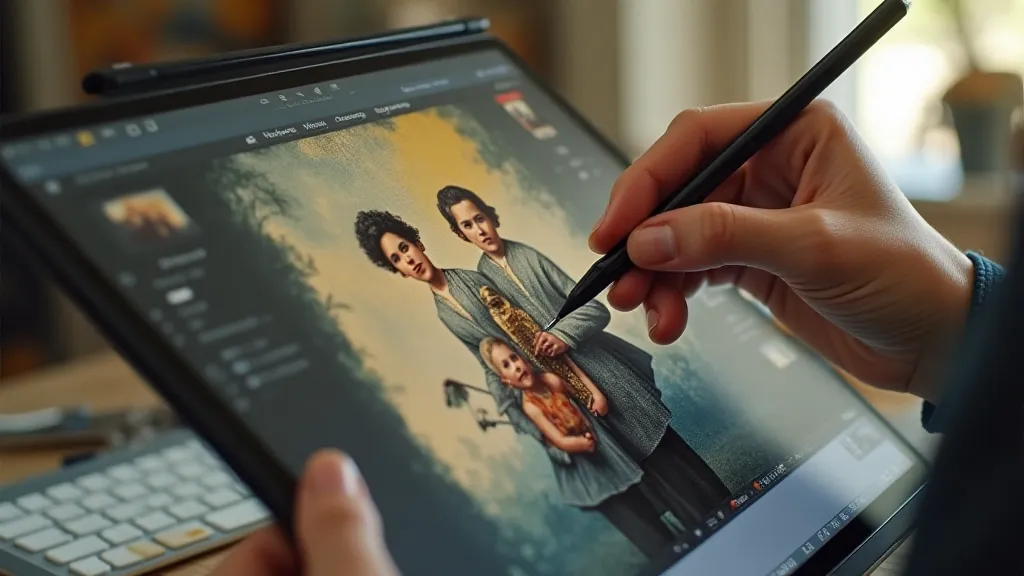
A Bridge Between Generations: The Emotional Resonance
There’s something profoundly moving about breathing new life into these forgotten moments. To see the faces of strangers, long departed, gazing back at you, rendered in vivid color – it’s a connection across time, a glimpse into the lives of those who came before us. These aren’t just historical artifacts; they're portraits of people who loved, laughed, and lived, just as we do today. The emotional resonance is palpable.
I’ve received countless messages from people who have seen my colorized postcards and felt a deep sense of connection to their own family history. Some have identified relatives in the images, others have simply been moved by the beauty and poignancy of the scenes. One woman wrote to me, thanking me for bringing her great-grandmother “back to life.” It's moments like these that make the painstaking work worthwhile.
The true reward isn’t the technical skill or the artistic achievement; it’s the ability to share these forgotten moments with others, to spark curiosity, to foster understanding, and to remind us all that we are part of a larger story – a continuum of human experience that stretches back through generations. The ghost light of memory shines a little brighter with each image we restore, a testament to the enduring power of human connection.
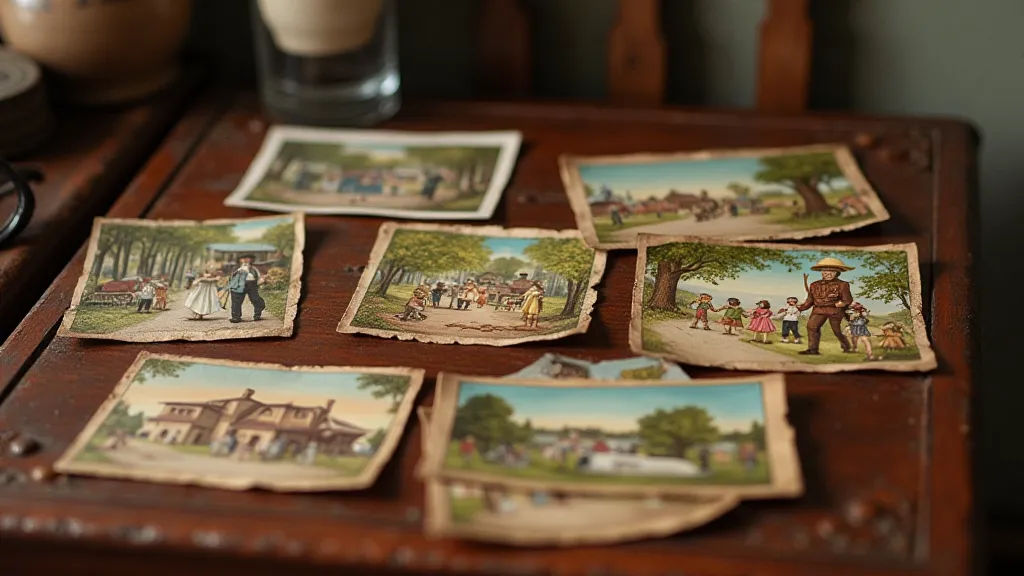
Ultimately, the act of colorizing an antique postcard is more than just an artistic endeavor; it's an act of preservation, a testament to the power of memory, and a bridge between generations.
